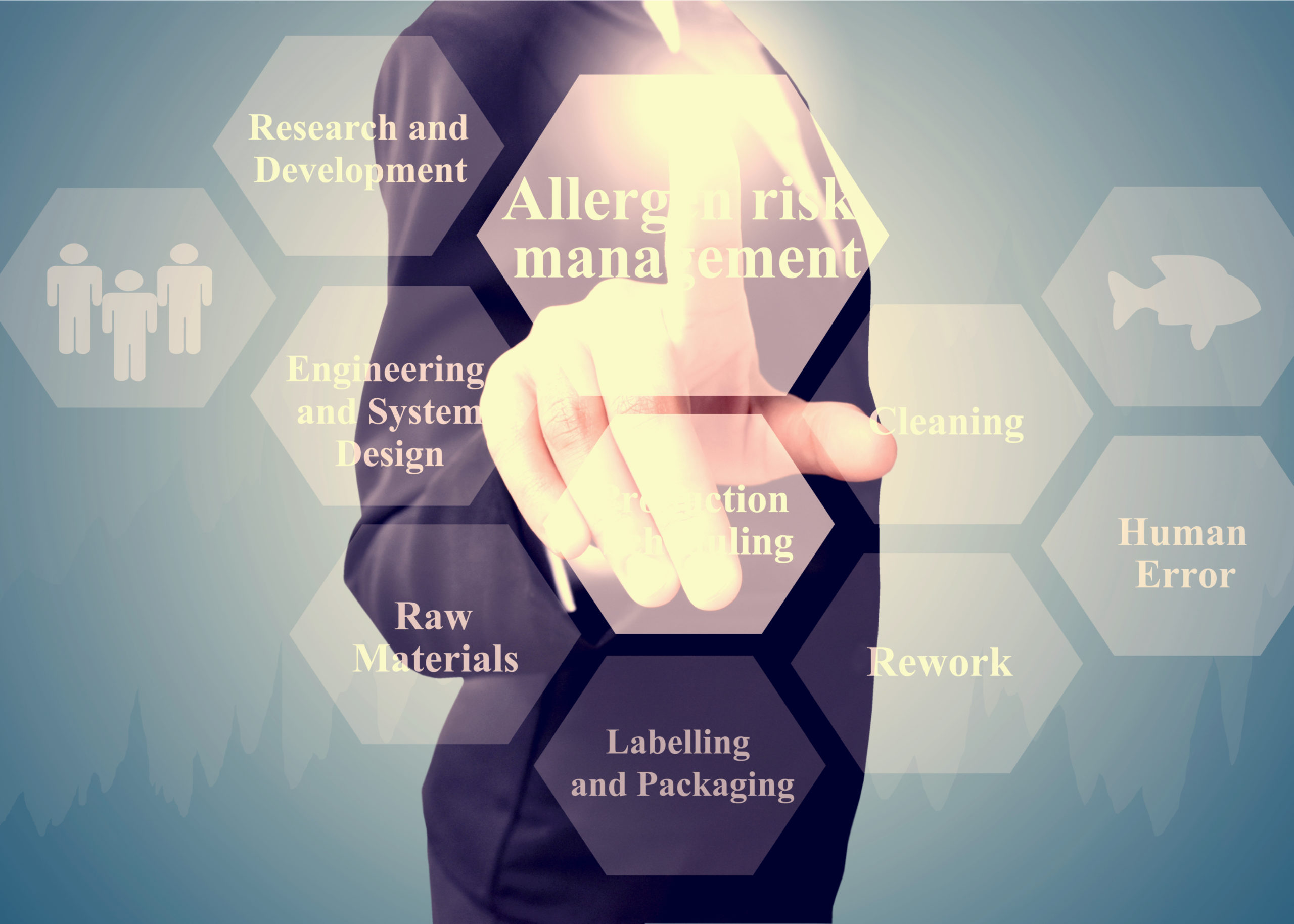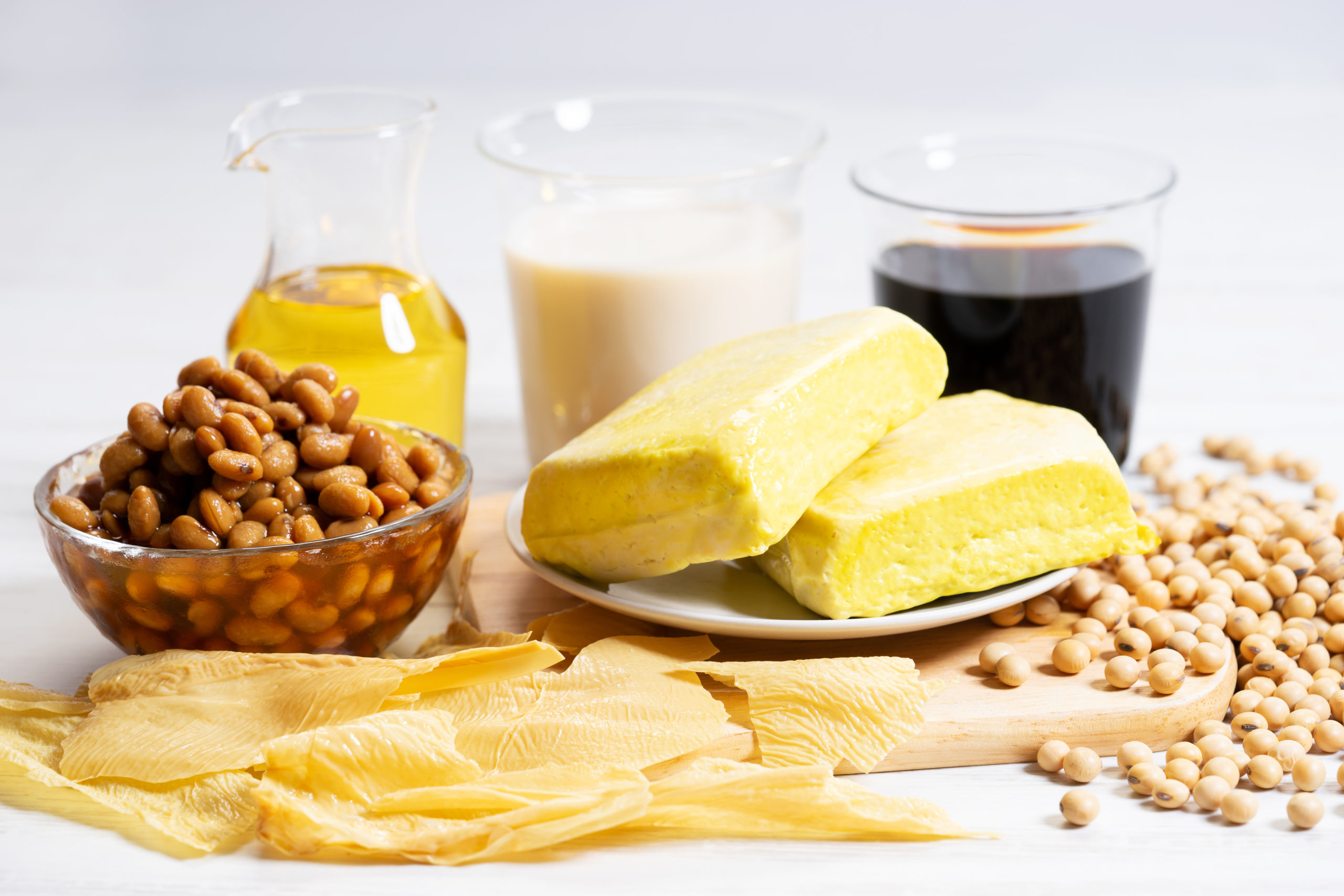The FDA Has Relaxed Food Labeling Standards: Here’s Why You Shouldn’t
We can all agree that we’re living in a time where the consumer has never been more concerned for their health, after all, at the end of the day we are those consumers. And existing during a global pandemic can be terrifying. We’re courageously leaving our homes to meet the needs of our families with only a mask on our faces and hand sanitizer in our pockets. Food manufacturing has seen a boom like never before with more and more consumers opting for grocery delivery and stores struggling to meet the physical demand of their shoppers. And during this time where the utmost precautions should be taken to safe-guard one’s health, one major organization is relaxing their food labeling standards, and consumers are alarmed.
Late spring, the FDA released an updated guidance for the industry regarding food labeling during the COVID-19 pandemic. This industry guide stated that manufacturers had flexibility when swapping out ingredients and explained that ingredient changes can be made without updates to the nutrition facts panel. While this sounds like a great way to reduce cost and turnaround time to receive and implement a new label, for those suffering from food allergies, this exception could literally mean life or death. Food allergies afflict approximately 32 million people in the United States alone, 5.6 million of these people being children.

With platforms like LableCalc, updating your product labels only takes a few minutes. Keep your customer safe by upholding your labeling standards.
Why You Should Continue to Update Your Labels
Contrary to a misguided belief that exists within our society, food allergies are not a fad. Food allergies have 2 main types, one that affects the respiratory system causing an immediate emergency response called anaphylaxis and another type of food allergies affect the gastrointestinal tract and can contribute to other major issues throughout the body. Either way, no matter how many funny meme’s we see on social media, they are no laughing matter.
Before COVID-19, the FDA closely regulated when a manufacturer made an ingredient change on a label and the ingredient change required an updated nutrition analysis and list the presence of any of the top 8 food allergens to accompany the ingredient statement and nutrition facts panel. Now because of COVID-19, manufacturers making small ingredient changes are no longer required to update their nutrition label within reason. The 32 million people afflicted with food allergies are facing a pandemic even greater than COVID-19: faulty food labeling in their everyday food items that could lead to death quicker than coronavirus.

One of the Top 8 Food Allergens, Soy, is found in some of the most unexpected of places. Making one small ingredient change can mean that you are placing consumers at risk.
Hidden Sources of Food Allergens
To a person not afflicted with food allergies, an ingredient change seems like no big deal, but the Top 8 food allergens commonly lurk in some of the strangest places. Soy is one of these sneaky ingredients. Found in some of the most unexpected places, this list can help you begin to understand why the food allergy community is up in arms about these newly-relaxed labeling standards.
Food and products that contain or often contain soy:
- Bean sprouts
- Bread crumbs, cereals and crackers
- Breaded foods
- Hydrolyzed plant protein (HPP), hydrolyzed soy protein (HSP) and hydrolyzed vegetable protein (HVP)
- Imitation dairy foods
- Infant formula, follow-up formula, nutrition supplements for toddlers and children
- Meal replacements
- Meat products with fillers, for example, burgers and prepared ground meat products, hot dogs, cold cuts
- Miso
- Tofu
- Soy nuts
- Soy milk
- Tempeh
- Nutrition supplements
- Bean curd
- Natto
- Okara
- Sauces, for example, soy sauce, shoyu, tamari, teriyaki, Worcestershire
- Simulated fish and meat products, for example, fake crab, imitation bacon bits, vegetarian burgers
- Gravies, sauces and marinades
- Vegetarian dishes
Other possible sources of soy:
- Baked goods and baking mixes
- Beverage mixes, for example, hot chocolate and lemonade
- Canned tuna and minced hams, for example, seasoned or mixed with other ingredients for flavour
- Chewing gum
- Cooking spray, margarine, vegetable shortening and vegetable oil
- Potato chips
- Frozen desserts
- Lecithin
- Milled corn
- Meat products with fillers, for example, pre-prepared hamburger patties, hotdogs and cold cuts
- Seafood-based products and fish
- Seasoning and spices
- Snack foods
- Soups, broths, soup mixes and stocks
- Soy pasta
- Spreads, dips, mayonnaise and peanut butter
- Thickening agents
- Mono-diglyceride
- Monosodium glutamate (MSG) (may contain hydrolyzed protein)
If soups, stocks and canned tuna can all contain soy, it’s important to note that simply changing the stock you use in your product for flavor could mean that you’ve unknowingly added soy to your product. And if your product previously did not contain soy and is marked as soy-free, your product is now mislabeled. While the FDA may be making the exception, here’s why you shouldn’t.
Labeling No Longer Requires Lengthy Turnaround Times
If you are a manufacturer that typically went through a food lab in order to create a nutrition panel for your product, it’s easy to see why the FDA has relaxed their standards. With demand increasing, manufacturers simply don’t have the time to change their labels and wait weeks why a food lab analyzes their ingredients for an accurate nutrition report. Ingredients also need to be switched quite often due to the limited supply due to consumers over-buying products to “stock up” for fear of leaving their homes and exposing themselves to the coronavirus. However, technology platforms such as LabelCalc have made ingredient swaps effortless and nutrition panels are available instantly. Simply login to LabelCalc account, pull up your product recipe and make the ingredient change. You will instantly receive an updated nutrition report with an updated label, including the presence of allergens. Our allergen-flagging tool was specifically designed to find the presence of allergens in the most unexpected places. Updated label files can be immediately available for print within a few minutes.
We implore you, just because the FDA has made an exception, don’t make this compromise. 32 million lives depend on the nutrition integrity of your food labeling and at the end of the day even manufacturers go home where they become consumers just like them. Let’s keep everyone safe by keeping labeling standards high. Don’t risk lives, just LabelCalc it.
Curious about how LabelCalc works? Join us for our Free Live Webinar this week by registering here.
